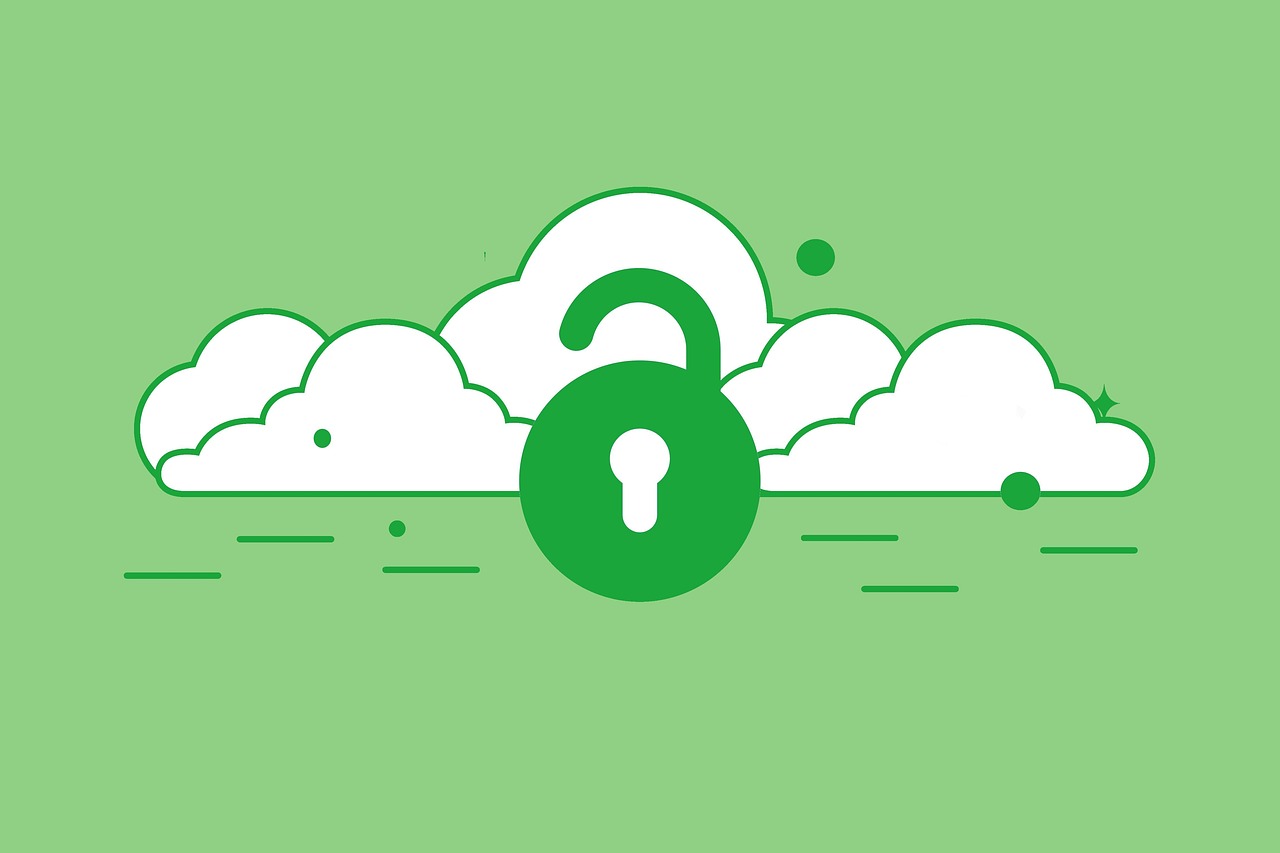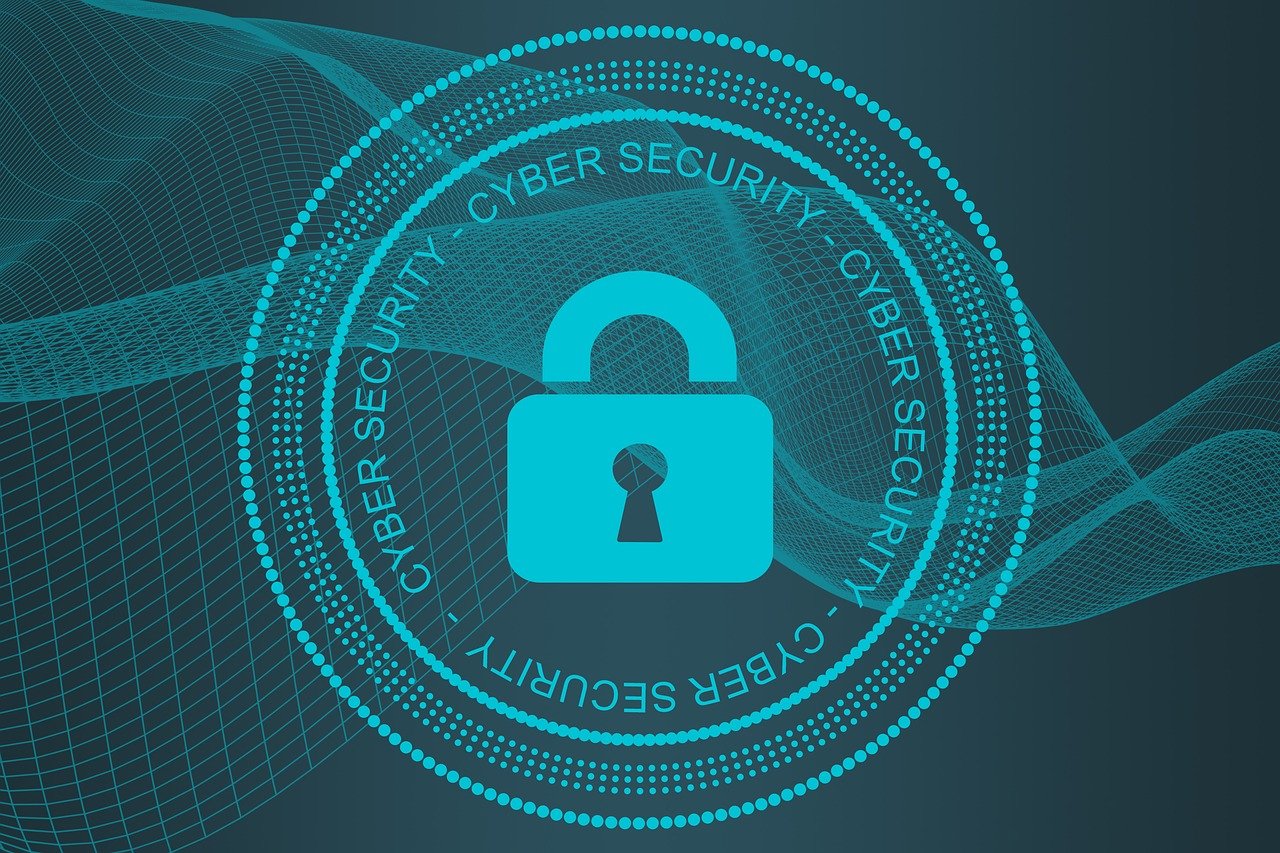Learn how to build a strong cybersecurity foundation in this post.
Ever opened an email that looked sort of legitimate, hovered over the link, then wondered for a full minute whether clicking it would launch a disaster or just take you to a survey? If you’ve had that moment of hesitation, congratulations—you’re already halfway into the world of cybersecurity.
In this blog, we will share what it truly takes to build a robust foundation in cybersecurity that withstands a world full of weak passwords and increasingly sophisticated attacks.
Table of Contents
The Threats Keep Getting Smarter, So We Have to Get Smarter Too
Cybersecurity is no longer just a tech issue—it’s a survival issue. From global banks to local schools, breaches are hitting harder, spreading faster, and costing more than ever before.
Ransomware groups now operate like startups, phishing campaigns are built with marketing precision, and artificial intelligence is being used to mimic real voices and hijack video calls. This isn’t science fiction. It’s the current state of the internet, and it’s only growing more complex.
Businesses of every size are struggling to keep up. Personal data is treated like currency. A single exposed credential can lead to stolen identities, wiped bank accounts, or paralyzed infrastructure. And yet, many organizations still treat cybersecurity as a secondary concern—until something goes wrong. Then, suddenly, the urgency kicks in.
This environment has created a new kind of demand—not just for tools, but for people who understand how systems actually work, how attackers think, and how defenses need to evolve. That’s where strong foundational knowledge comes in. It’s not enough to install software and hope for the best. Real security starts with understanding how the pieces fit together.
One increasingly popular route for gaining that deeper understanding is through a master of science in cybersecurity online. These programs offer the technical depth and strategic thinking needed to build strong defenses, while also providing flexibility for professionals who are already in the field or transitioning from other sectors.
The best programs aren’t just focused on theory—they simulate real threats, dive into current attack methods, and train students to build secure systems from the ground up.
And because they’re online, students gain experience managing remote systems and collaborating across time zones—skills that mirror the realities of modern cyber teams. With cybercrime now listed among the top global risks by several international watchdogs, a formal education in the field is no longer optional for those who want to lead. It’s a clear investment in long-term relevance and resilience.
Every Strong System Starts with a Clear Inventory
You can’t protect what you don’t know you have. That may sound obvious, but it’s one of the most common weaknesses across organizations. Devices get added to the network without anyone logging them. Software gets installed and never updated. A forgotten web server quietly hums away in the background, until one day it’s compromised.
A proper cybersecurity foundation begins with visibility. This means creating a full inventory of assets—hardware, software, access points, user accounts, cloud services. You don’t need a high-end scanner to do this (though they help).
You just need a process. Someone responsible for tracking and reviewing the list, regularly. Every department should be part of that conversation, not just IT. Because shadow systems aren’t always malicious—they’re often built out of convenience, and then forgotten.
Once the inventory is complete, you can segment and prioritize. Not everything needs fortress-level protection, but critical assets do. Mapping out what’s important, what’s exposed, and what’s outdated provides the data to make informed decisions.
Password Hygiene Still Matters, But Policy Isn’t Enough
We’ve reached a peculiar point where everyone acknowledges that passwords are a problem, but bad habits persist. People still use pet names. Reuse logins. Leave sticky notes under keyboards. And then act surprised when something gets breached.
The issue isn’t just laziness—it’s friction. People resist systems that slow them down. If security policies are too complex, employees find workarounds. So, instead of pushing longer and more confusing passwords, the shift should be toward smarter systems.
Password managers that auto-generate secure credentials. Multi-factor authentication that’s easy to use. Biometric logins when possible. And training that doesn’t shame people, but shows them what real risk looks like.
Policies are important, but behavior change comes from consistency, reinforcement, and context. People protect what they understand. And they’re more likely to engage when they’re shown the personal impact of weak habits.
Don’t Rely on One Line of Defense
There’s no silver bullet in cybersecurity. No product or protocol that guarantees safety. Strong systems use layers. Firewalls, endpoint protection, encrypted communications, regular audits, offsite backups. When one layer fails—and it will—another one should be there to catch the problem before it spreads.
Think of it like a house. Locks on the doors, alarms on the windows, motion sensors in the yard. None of them are perfect. But together, they reduce the chance of intrusion significantly.
This layered approach should extend beyond tools to include team structure. Redundancy in responsibility. Backup access methods. Cross-training. If only one person understands a system, that system is already fragile. And if your incident response plan is buried in an unread PDF from three years ago, you don’t actually have a plan.
Planning for the Worst Makes You Stronger
It’s easy to think of cyberattacks as unlikely disasters. But they’re now common enough to be considered operational risks—like power outages or supply chain disruptions. The question isn’t if an event will happen, but how bad it’ll be when it does.
A strong foundation includes a real incident response strategy. Who gets notified first? How are systems isolated? What gets prioritized? How are customers informed? These aren’t decisions to make during chaos. They’re decisions to make when things are calm, and to test periodically with tabletop exercises or live drills.
It’s not paranoia. It’s preparedness. And in today’s climate, that’s just smart business.
Cybersecurity Isn’t Just Tech Work. It’s Life Work
As our homes, cars, medical records, bank accounts, and even refrigerators become connected to the web, cybersecurity moves from the background to the foreground. It touches everything. Which means the need for trained professionals isn’t just growing—it’s becoming essential across industries, roles, and regions.
Building a strong cybersecurity foundation isn’t something you do once. It’s a practice. A mindset. A commitment to doing the hard, quiet work before a crisis hits. And for those looking to lead that work, investing in education, hands-on skills, and long-term thinking is more than smart—it’s necessary.
Because at this point, protecting data isn’t just about protecting systems. It’s about protecting trust. And once that’s lost, no firewall in the world can rebuild it.
INTERESTING POSTS
- How AI Is Reinventing Cybersecurity: Smarter Defense for a Digital World
- The Role of an Elementary Math Tutor in Building Strong Foundations
- 10 Melbet Indonesia Bonuses That Will Definitely Put You in the Black
- How To Become ITIL Certified
- Best Online Class Websites for College Students: Learn Smarter, Not Harder
- Signs Your Cybersecurity Strategy Isn’t Working (And What To Do About It)
- Why Security Isn’t Just About Passwords Anymore
About the Author:
Meet Angela Daniel, an esteemed cybersecurity expert and the Associate Editor at SecureBlitz. With a profound understanding of the digital security landscape, Angela is dedicated to sharing her wealth of knowledge with readers. Her insightful articles delve into the intricacies of cybersecurity, offering a beacon of understanding in the ever-evolving realm of online safety.
Angela's expertise is grounded in a passion for staying at the forefront of emerging threats and protective measures. Her commitment to empowering individuals and organizations with the tools and insights to safeguard their digital presence is unwavering.









